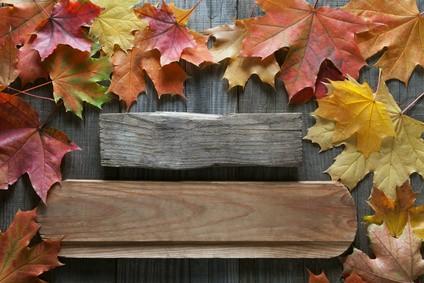
Maple is one of the most common species of tree that is found in the hardwood forests of North America, so it’s no surprise that it’s a firm favourite for construction projects. The choice between hard maple vs soft maple, though, can make a big difference in the end product so it’s important to know the difference and which is the right material for your needs. In this article, we will be explaining the difference between the two, and which type of projects benefit from each.
The Types of Maple: Hard Maple vs Soft Maple
Maple is an extremely common variety of tree, but there are lots of different sub-species which each have their own benefits. It is a popular wood in construction because of its prevalence, but also because of the types of maple wood grain effects that can be achieved.
These special grains, like curly and tiger-striped, are sought after by manufacturers looking to make something unique and different, but those who make traditional products like flooring or cabinets prefer to use the more traditional looking grains.
There are two broad classifications of maple: hard and soft. Hard maple is also known as sugar maple and comes from a species called Acer saccharum. Soft maple, on the other hand, refers to a few different species of tree such as the Red Maple and the Bigleaf Maple (Acer Rebrum and Acer macrophyllum respectively).
Maple Wood Properties
As indicated by their names, hard maple and soft maple have different properties that benefit their use in different situations, but still, have concurrent traits across all types. Hard maple is unsurprisingly a lot harder than soft maple, up to 25% more so, but this doesn’t mean that soft maple won’t be suited to intensive jobs. It’s simple soft in relation to hard maple – but still strong compared to other types of wood.
In general, maple wood is a creamy white in colour with occasional tinges of red. It is one of the hardest woods available and is ideal for making things like cabinets, dressers, and floors. It is cost efficient because there is so much of it available and, if treated properly, will last a long time while remaining durable. It is also relatively easy to stain with darker colours. Many people often do this to make it appear like a more expensive variety.
The only real downside to using maple wood is its propensity to look blotchy if it has not been sufficiently sealed before staining.
How to Tell the Difference Between Hard Maple and Soft Maple
Hard and soft maple look quite similar, so it can be tricky to tell the difference. Once you know the tell tale signs, though, it’s easy:
- The End Grains – If you take a closer look at the end grains of the wood, you would expect to see a lighter and more consistent colour from hard maple. Soft maple, on the other hand, will be darker and have streaks of reds or browns. Hard Maple has a longer growth cycle to Soft Maple, so you can also look at the growth rings that appear more compact with the harder variety.
- The Leaves – This, clearly, can only be done when the tree is still growing so won’t be possible when you are checking boards. A hard maple tree has leaves that have u-shaped valleys in them, like the round gaps between each of your fingers on your hand. Soft maple leaves have valleys that are more V-shaped.
- Board Weight – If you are trying to identify the type of wood used in different boards, you can weigh an equal-sized piece of each. The heavier one, and therefore the denser one, will be the hard maple variety.
- Iron Sulphate Test – Due to the different chemical composition of the wood, applying a small amount of iron sulfate will turn it into pale blue or green if it is hard maple and dark blue or black if it is soft maple.
Uses for Each Type of Maple
Soft maple is still hard compared to other types of wood, so it’s not a bad choice for heavy duty projects, but hard maple is better. There are some items that are particularly suited to each type, though:
- Hard maple – Often used for flooring, bowling pins, pool cue’s, butchers’ blocks, and smoking food. It’s good for these types of use because of its increased strength.
- Soft maple – Used for furniture, musical instruments, and decorative boxes. It’s ideal because it carries sound well and is easier to intricately shape than hard maple.
Maple wood is a great material to work with that provides stability and durability with a lovely grain and finish. It also takes staining well, so you can customize your finished product. In the debate between hard maple vs soft maple, the choice remains quite open.
Both types will be good for anything you are looking to do, but with hard maple being up to 25% stronger than soft maple, it is much better suited to heavy duty projects. Soft maple, on the other hand, is easier to carve so is better to use for intricate projects.
